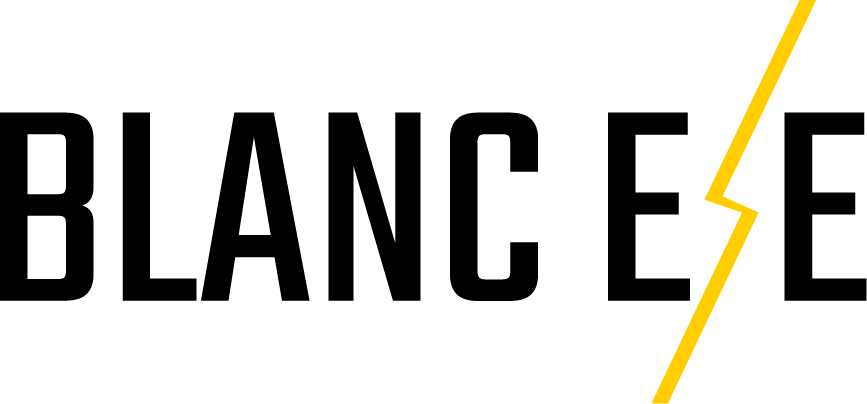Choosing the wrong machine for your site is a costly mistake. Both look tough, but using one for the other's job leads to inefficiency and safety risks.
No, they are fundamentally different. A rough terrain forklift1 uses a vertical mast2 for lifting, just like a standard forklift. A telehandler3 uses a telescopic boom, providing forward and upward reach like a small crane.
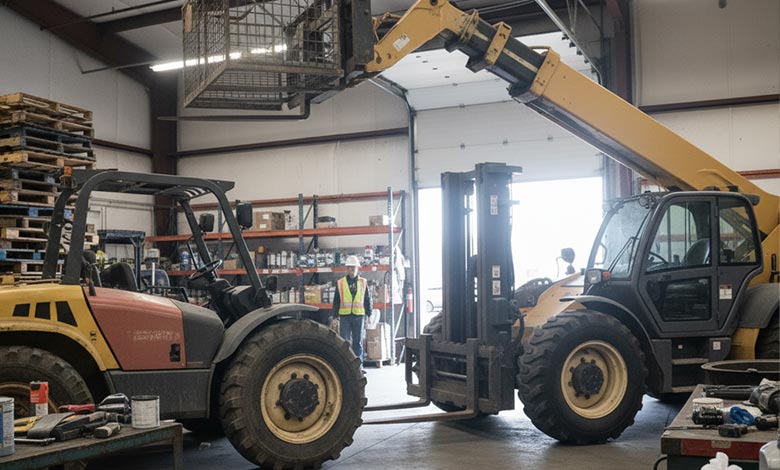
As someone who helps procurement managers choose the right equipment every day, this is one of the most common questions I get. A client will see a picture of a telehandler3 and call it an "all-terrain forklift," and while that's not entirely wrong, it misses the crucial point. They are engineered for very different tasks. Understanding this distinction is the key to getting the right tool for your job and ensuring maximum a return on your investment.
How Do Their Core Lifting Designs Differ?
At first glance, both machines lift heavy loads on uneven ground. But a simple mistake in identifying their mechanics can lead to buying a machine that can't perform your core tasks.
A rough terrain forklift1's mast moves only vertically, offering stable high-capacity lifting. In contrast, a telehandler3's boom extends telescopically, providing significant forward and upward reach but with different stability dynamics.
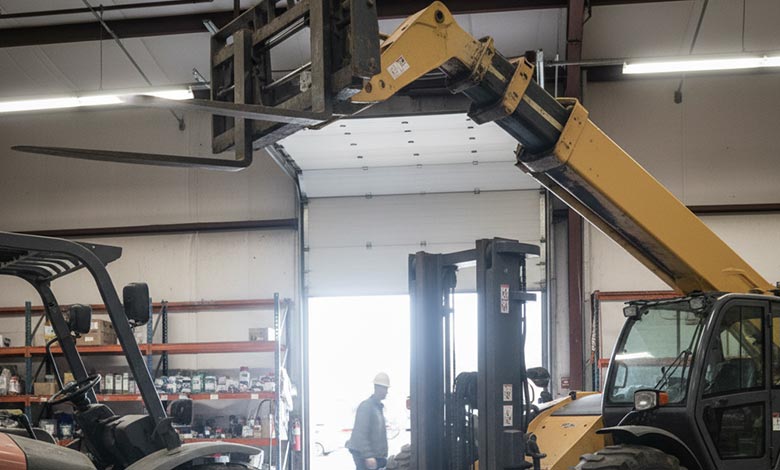
This is the most important difference to understand. It's all about how they lift.
The Rough Terrain Forklift: The Vertical Powerhouse
Think of the rough terrain forklift1 (RTF) as a standard warehouse forklift's muscular, outdoor cousin.
- Mechanism: It uses a vertical mast with forks that travel straight up and down.
- Function: Its design is optimized for one primary job: picking up a heavy pallet from the ground and lifting it to a height, like onto a truck bed or a rack.
- Strength: This simple, robust design gives it incredible stability and lifting capacity4 for its size. It's built for repetitive, efficient material handling cycles in challenging environments.
The Telehandler: The Multi-functional Reacher
The telehandler3, or telescopic handler, is more like a hybrid between a forklift and a crane.
- Mechanism: It features a telescopic boom that can extend forwards and upwards at an angle.
- Function: Its purpose is to place materials at a distance or height that a vertical mast could never reach—over obstacles, onto scaffolding, or deep into a trailer.
- Strength: Its defining feature is this incredible reach and versatility.
The design difference is simple: An RTF is for lifting up, while a telehandler is for reaching out and up.
When Should You Choose One Over the Other?
You need to move materials on a construction site. But choosing the less suitable machine will slow down your entire operation, creating bottlenecks and delaying project timelines.
Choose a rough terrain forklift for high-volume, ground-level logistics5 like loading trucks or moving pallets around a site. Opt for a telehandler when you need to place materials at significant height or reach.
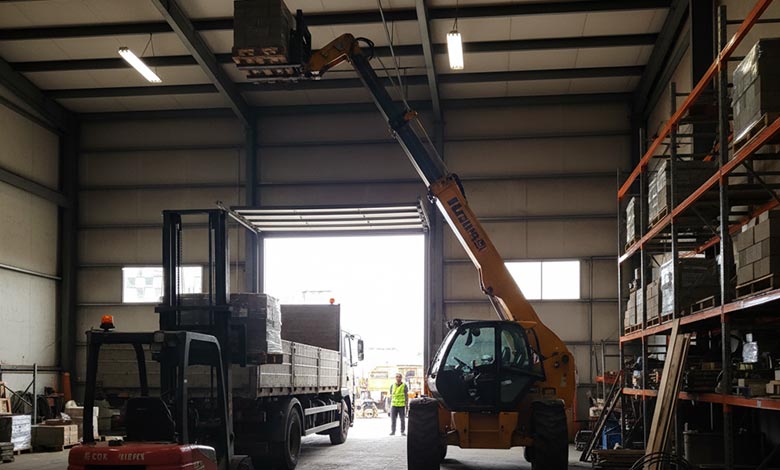
I always advise my clients to map out their materials' journey on a typical workday. Where does the material start, and where does it absolutely need to end up? The answer usually points to the right machine.
| Scenario | Best Machine | Why? |
|---|---|---|
| Loading/Unloading Trucks | Rough Terrain Forklift | Designed for fast, stable, and repetitive cycles from ground to truck bed. |
| Moving Pallets Across Site | Rough Terrain Forklift | High efficiency and maneuverability for ground-level transport on uneven terrain. |
| Placing Materials on Scaffolding | Telehandler | Its forward and upward reach is essential for placing loads at height safely. |
| Lifting Over Obstacles | Telehandler | The boom can extend over walls, ditches, or other obstructions. |
| General Site Cleanup | Telehandler (with bucket) | Its versatility with attachments makes it a multi-purpose tool. |
An RTF is a specialist dedicated to efficient transport and lifting, much like a traditional forklift. A telehandler is a generalist, a multi-tool whose primary advantage is its reach. Don't pay for the reach and complexity of a telehandler if all you do is move pallets from point A to point B.
Which Machine Offers More Versatility?
Your budget only allows for one new machine, but your site has many different tasks. You fear being stuck with a one-trick pony, a machine that can't adapt to changing daily needs.
The telehandler is significantly more versatile due to its ability to use a wide range of attachments on its boom. While a forklift has some options, the telehandler serves as a multi-purpose tool platform.
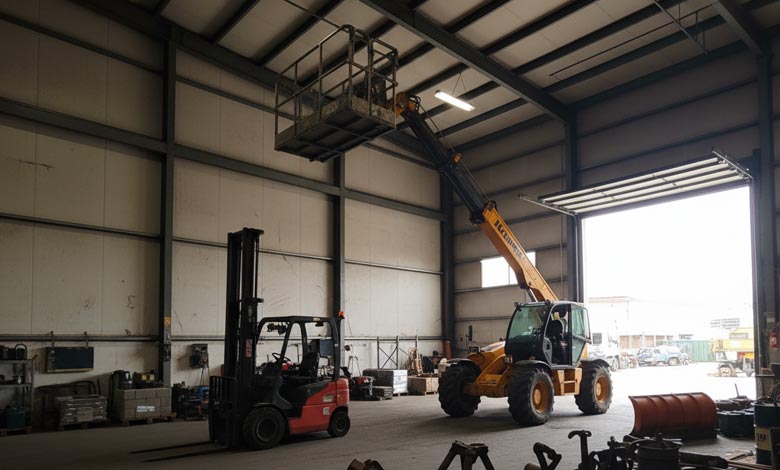
Versatility is where the telehandler truly pulls away from the rough terrain forklift1. While both machines are incredibly useful, the telehandler3 is designed from the ground up to be a multi-functional utility player.
The secret is in the boom's quick-coupler system, which allows operators to easily swap out attachments.
- Common Telehandler Attachments:
- Forks: For standard pallet work.
- Buckets: For moving loose materials like gravel or soil.
- Grapples: For handling logs, pipes, or debris.
- Work Platforms: To safely lift personnel for maintenance or inspection tasks.
A rough terrain forklift1, by contrast, is primarily a fork-lifting machine. You can certainly get attachments like side shifters or fork positioners, but its role remains focused on handling loads with forks. If you need a machine that can dig, lift pallets, and act as a small crane all in the same day, the telehandler3 is the clear winner. However, this versatility comes with increased complexity and cost, so it's only valuable if you will actually use it.
Conclusion
A rough terrain forklift1 masters heavy, ground-level lifting in tough spots. A telehandler3 excels at reaching high and far, offering incredible versatility. Choosing correctly means boosting your project's efficiency6.
Explore this link to understand the unique features and applications of rough terrain forklifts. ↩
Discover how vertical masts enhance stability and lifting capacity in forklifts. ↩
Learn about telehandlers and their benefits for construction and material handling tasks. ↩
Understand the key factors that determine lifting capacity for better equipment selection. ↩
Explore the challenges and solutions for effective ground-level logistics. ↩
Discover strategies to boost efficiency in construction projects for better outcomes. ↩
